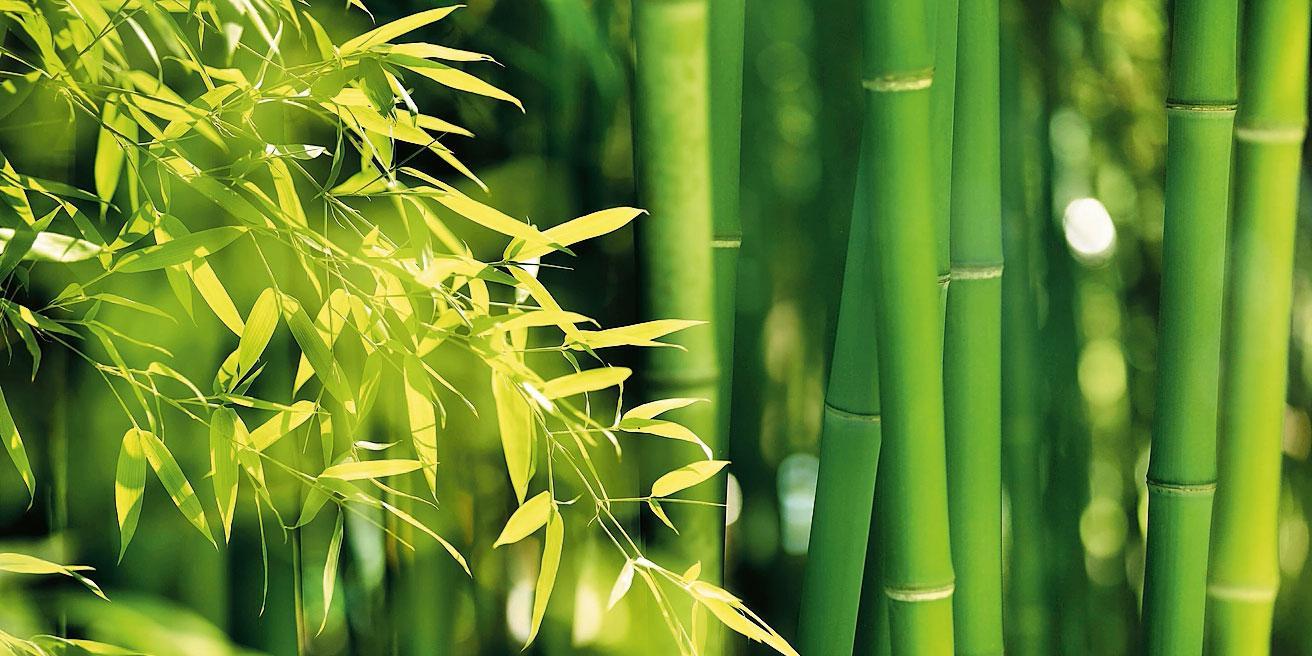
Sustainable development thanks to Bamboo
The international environmental debate began in the 1980s with a series of reflections initiated by important groups of economists and ecologists, including Herman Daly and Robert Costanza, who consolidated the concepts behind today's definition of sustainability with the 1984 Stockholm Symposium "Integrating Ecology and Economic": "Sustainable development simultaneously pursues the economic development of society, the social well-being of individuals and the protection of the environment, both now and in the future." (1) "(...) meet the needs of the present generation without compromising the ability of future generations to meet their own needs." (1) "The rate of utilisation of any resource shall not exceed the rate of regeneration of that resource."
Enzo Tiezzi was one of the first in Italy to introduce the concept of sustainable development, a world-renowned scientist and Full Professor of Physical Chemistry at the University of Siena, as well as the only Italian participant in the 1984 Stockholm Symposium, who died in 2010.
"Biological systems would appear to be a manifest violation of the principle” INTRODUCTION 21 of thermodynamics, as they “present extremely ordered structures that evolve in the direction of higher order, lower entropy' (2) Tiezzi observes.
The scientist always showed an awareness of the fact that overcoming a logic of exploitation of the environment could only take place through a new interpretation of nature, which would overcome the limits of the deterministic vision conveyed by modern science.
Tiezzi, in his main work 'Tempi storici, tempi biologici' (3) theorises one of the essential aspects of this argument, stating that at the root of today's environmental crisis is the conflict between the fast pace of societal development and the slow biological pace of regeneration of natural resources.
Bamboo is increasingly being included in the list of materials recognised as sustainable. It is rightly considered an extremely low-cost material, both economically and environmentally. Bamboo is a natural material that combines excellent mechanical performance with highly sustainable characteristics. Because it requires practically no energy for production and work, it is a great resource in terms of economic sustainability.
Its success is due in the first instance to the great availability of the material in both quantitative and qualitative terms, since it is remarkable that bamboo forests are widespread and cover an enormous variety of climates and morphological situations, and even more exceptional is the speed with which the material grows, matures and undergoes processes that allow it to be used structurally.
The cultivation and growth of bamboo requires little care, both manual and chemical, and in addition to being an easy process, it can also be considered extremely fast, as plants that have only reached three years of age are considered ready for textile use.
Bamboo cultivation is extremely sustainable. In fact, the plant offers environmental advantages, in terms of CO2 and biomass absorption; in addition, the use of pesticides and pest control is practically nil, as the bamboo contains an agent called Bamboo Kun that naturally protects it from attacks by moulds and parasites, and maintains its antibacterial properties even after the fibre has been processed. Other issues that make cultivation beneficial are soil sealing, preventing landslides and erosion, thanks to the extremely dense root system of these plants.
These characteristics suggest their use in projects to convert brownfield sites, as in the case of Shanghai where an area used for landfill and demolition has been transformed into a giant bamboo park.
Bamboo textile fibre is obtained from the stem through a process of alkaline hydrolysis and multi-step bleaching. Bamboo fibre is: hygroscopic, i.e. it easily absorbs dyes and therefore requires less dye; extremely breathable and fresh because it quickly absorbs moisture and just as quickly releases it; ultraviolet; very elastic; soft to the touch just like cashmere and silk yarns. Bamboo fabric is mainly used for the production of underwear and babywear (due to its antibacterial and ultraviolet properties).
Thanks to the presence of multiple cavities and air cushions in the weave of the fabric, bamboo makes the garments highly breathable, with a very high capacity to absorb liquids, such as humidity and sweat, which evaporates three times faster than traditional cotton, providing freshness for a long time and keeping unpleasant odours away.
A garment made from a bamboo fabric is soft on the skin, gentle and prevents redness and irritation.
Tests have shown that the mortality rate of bacteria in bamboo fibres is over 70%. And also, a Japanese association dedicated to textile inspections has found that, even after fifty washes, bamboo fabrics still have these functions.
So, here the recap:
- Bamboo clothing is hypoallergenic.
- Bamboo is a highly absorbent fibre, almost 3 to 4 times more absorbent than cotton. In hot and humid weather conditions, bamboo clothing helps to keep the wearer drier, cooler and more comfortable, while respecting the skin.
- The structure of bamboo fibres makes the fabrics more breathable and thermoregulating than cotton, hemp, wool or synthetic fabrics.
- Bamboo clothing also provides UV protection (it does not let through about 98% of harmful UV rays);
- Bamboo clothing is naturally more resistant to wrinkling than cotton, which may still require ironing after washing; Bamboo fabric can be ironed at a lower temperature than cotton. Shrinkage of these garments after washing and drying is minimal, even at warm temperatures.
- Bamboo fibres absorb fabric dyes faster and more thoroughly than cotton, Modal and viscose; the colours have a higher sheen. Bamboo fabrics do not need to be mercerised to improve their lustre, as cotton does.
Informative obligations for public grants: the State aid and de minimis aid received by our company are listed in the National Register of State Aid referred to in Article 52 of Law 234/2012, which can be accessed at the following link: https://www.rna.gov.it/trasparenza/aiuti